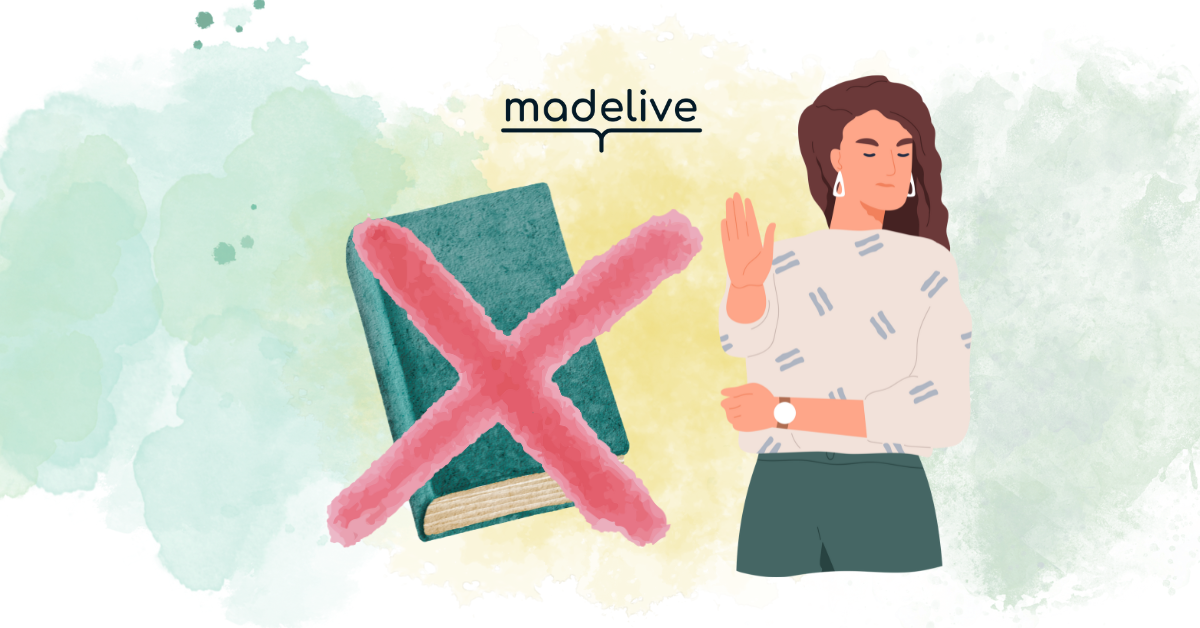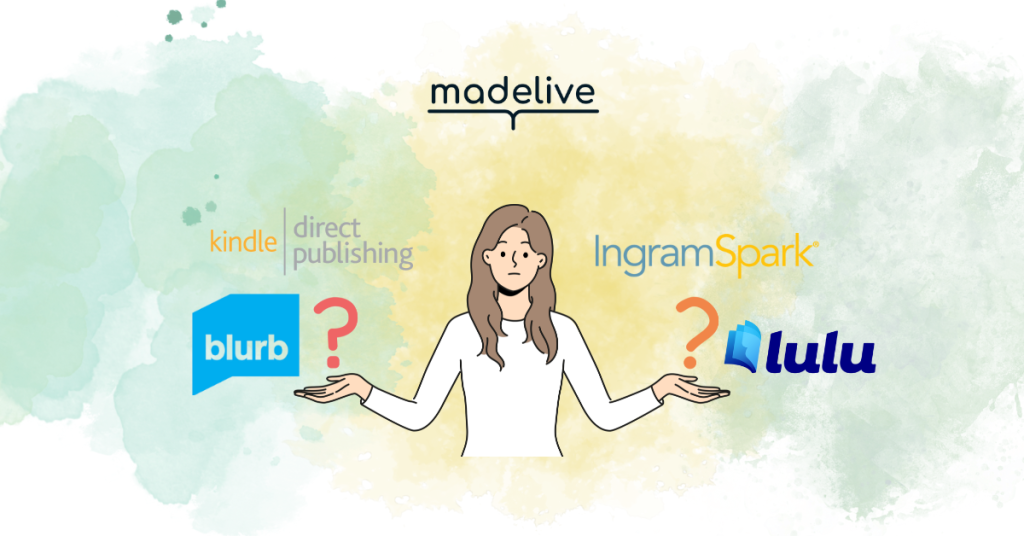You’ve written your heart out. You’ve crafted a delightful children’s story with charming characters, beautiful language, and an important message. Maybe you’ve even read it aloud to a few children who seemed to enjoy it. Yet when you submit it to publishers or agents, all you receive are form rejections—or worse, silence.
What’s going wrong?
As a children’s book writing coach who has reviewed countless manuscripts, I’ve noticed a pattern: the most common reason for rejection isn’t poor writing or an unoriginal concept. It’s something far more subtle yet devastating—a lack of character agency.
What is Character Agency?
Character agency refers to the protagonist’s ability to make choices, take actions, and directly influence the outcome of the story. In the strongest picture books, the main character drives the plot forward through their decisions and actions rather than being carried along by external events or rescued by adults.
It seems simple, yet this is precisely where so many manuscripts fall short.
The Accidental Passive Protagonist
Let’s look at a common scenario in first drafts:
Emma is nervous about her first day of school. Her mom drives her to school. Her teacher welcomes her. Another student invites her to play. Emma has fun and isn’t nervous anymore.
This might seem like a perfectly suitable children’s story about overcoming first-day jitters. But look closer—what did Emma actually do to solve her problem? Nothing. The adults transported her, the teacher welcomed her, and another child befriended her. Emma was essentially a passive recipient of others’ kindness rather than an active participant in her own story.
This is what I call the “Silent Manuscript Killer.” Your protagonist needs to be the hero of their own story, not just a witness to it.
Why Agency Matters So Much
Publishers know from experience that children connect most deeply with stories where the protagonist—typically a child or child-substitute character—solves their own problems. These stories don’t just entertain; they empower young readers by showing them that kids can overcome challenges through their own ingenuity, persistence, and courage.
As child psychologist Dr. Margot Sunderland explains:
When children see characters like themselves making choices and affecting outcomes, it builds their sense of self-efficacy—their belief that they, too, can influence their world.
How to Diagnose an Agency Problem
If you’re wondering whether your manuscript suffers from this silent killer, here are some red flags:
- Adults solve the main problem
- The resolution happens to the protagonist rather than because of the protagonist
- Your protagonist’s emotions change without them taking meaningful action
- The climax doesn’t depend on the protagonist’s choices
- If you removed your main character from the story, events would unfold in largely the same way
Want a more comprehensive way to evaluate your manuscript?
Our Manuscript X-Ray tool helps you diagnose this and nine other critical elements that can make or break your picture book’s success. This professional-grade worksheet asks the exact questions editors consider when evaluating submissions.
Reviving a Passive Protagonist: A Case Study
Let’s revisit our example about Emma and her first day of school:
Original version: Emma is nervous about her first day of school. Her mom drives her to school. Her teacher welcomes her. Another student invites her to play. Emma has fun and isn’t nervous anymore.
Revised with agency: Emma is nervous about her first day of school. She practices introducing herself in the mirror. At school, she spots a girl drawing dinosaurs—Emma’s favorite! Though her heart pounds, Emma remembers her practice and introduces herself. When the girl invites Emma to draw together, Emma realizes she conquered her fear by being brave.
Notice the difference? In the revised version, Emma takes specific actions to address her fear. The positive outcome results directly from her courage and initiative.
Three Ways to Boost Character Agency Today
- Identify the problem-solving moments in your story. Who actually resolves the central conflict? If it’s not your protagonist, revise.
- Give your protagonist three specific actions that directly contribute to resolving the main problem. These don’t have to be grand gestures—even small choices can demonstrate agency.
- Remove adult rescuers whenever possible. Ask yourself: “How could my protagonist solve this without adult intervention?”
The Agency Paradox
Here’s an interesting twist: the younger your audience, the MORE important character agency becomes. This might seem counterintuitive since very young children have limited independence in real life. However, preschoolers and early elementary children are developmentally fascinated by the concept of having power and control—it’s why “I can do it myself!” becomes a toddler motto.
Picture books that show child characters making meaningful choices satisfy this developmental need and become favorites that children request again and again.
Test Your Manuscript
Take a moment to analyze your current manuscript:
- List three specific actions your protagonist takes to resolve the central conflict.
- Could these actions be done by any character, or are they unique to your protagonist?
- If an adult helps, does the help come after the protagonist has first tried to solve the problem themselves?
If you struggled to answer these questions, your manuscript likely needs an agency boost.
The Editor's Perspective
Literary agent Kathleen Rushall of Andrea Brown Literary Agency notes,
“When I review submissions, I’m specifically looking for protagonists who make things happen rather than have things happen to them. Even in the simplest stories, I want to see the character’s choices driving the narrative.”
Ready for a complete diagnostic of your picture book manuscript?
Download our comprehensive Manuscript X-Ray worksheet to identify this and nine other critical elements that can elevate your stroy from rejection to request.
From Silent Killer to Secret Strength
The good news? Once you identify an agency problem, it’s often straightforward to fix. You don’t necessarily need to change your concept, characters, or even your major plot points. Instead, focus on repositioning your protagonist as the primary problem-solver.
By ensuring your main character actively drives the story forward, you transform a common weakness into a compelling strength—one that captures the attention of agents, editors, and most importantly, young readers.
Remember: in the best picture books, young protagonists don’t just witness their stories—they create them.
Is your picture book manuscript submission-ready? Our professional coaches can help you identify and fix hidden weaknesses before you submit. Schedule a free 15-minute strategy session to learn how we can help transform your manuscript.




